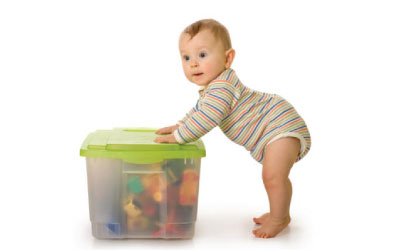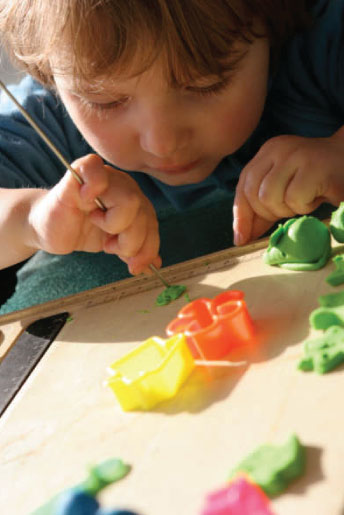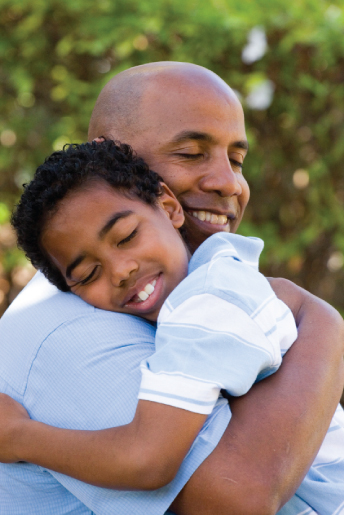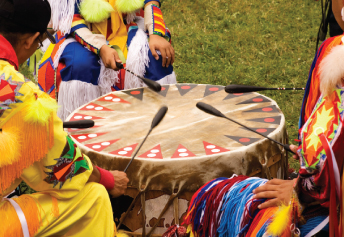|
|

Connecting is easy……
Playdough
- 4 cups flour
- ¼ cup powdered tempera
- ¼ cup salt
- 1 ½ cups water
- 1 tablespoon oil
Mix together flour, powder paint, and salt. Mix water and oil, and food coloring if desired. Gradually stir the water and oil mix into the flour mix. Knead the playdough as you add the liquid. Add more water if too stiff, pour flour if sticky.
Flubber
- In one bowl mix 1/2 cup hot water and 2/3 cup white glue with a few drops of food coloring.
- In a cup mix 1/3 hot water with 1 level teaspoon of borax (old-fashioned powdered hand soap) until the borax is dissolved.
- Combine the two mixtures and stir as Flubber begins to harden. Knead in excess water, then drain any that is left. Store in an airtight container, like a sealable bag. Avoid getting Flubber on clothes, carpet and furniture. Replace in about two weeks.
Garbage ball
To kids, it’s a big deal when their family sits down to do a project together in an atmosphere void of competition. It is so important for parents to be on the level of their children playing with them. Many parents do not know how to do this comfortably. So, I suggest beginning by playing with garbage! Sound strange? Well give this a try and see how much fun you actually can have with your kids. The making of garbage balls is a low to no cost project that can bring a family together with laughter and smiles. Your kids will appreciate your spending time that is ONLY for them, and this will feel great to you. This is also a GREAT classroom activity.
Materials: lots of newspaper, lots of masking tape and a variety of markers
Procedure: encourage everyone to make a ball using the papers and tape. Spark discussion about possible size and weight options, ie: .large or small and heavy or light. How would a heavy ball work for throwing compared to a light ball? It is important to let kids use as much tape and paper as they want; it’s like heaven for them. It also encourages them to use their imagination in a healthy way. When the ball is finished, have them decorate it with markers and put their name on it.
Caution: there are no “wrong ways,” let them learn by doing. They will be more likely to have fun, and they will remember being encouraged to stretch their minds without interference.
Games to play: 1. Try good old-fashioned “hot potato” by standing or sitting in a circle and passing the balls around as quickly and efficiently as you can as a team. This game is a good one to include even very young children. 2. Work on catch and throw, developing hand/eye coordination. Try different positions, like having three people stand in a triangle. 3. The all time favorite “Moon Ball” will be a hit with ages 8-88. Use one ball. Tell the players that the object of the game is to see how many points we can get as a group. Points are earned by every hit that keeps the ball in the air. Have the group come up with a goal to reach, like 10 or 50. The rules are: nobody can hit the ball twice in a row, and if the ball hits the ground, the counting starts over at one. When the group goal is reached, challenge them to go further, together.

Balloon games
WARNING: Balloons pose a choking hazard to small children. They should NOT be used by children 3 & under. They should never be placed on mouths or in faces.
There are many ways to captivate kids; fortunately these games will involve the child in any one who plays. Try using balloon games to build communication and cooperation skills in your family or class. With bright colors and silly games you can lighten a difficult situation easily. Invite someone to play a balloon game with you today. Remember, practice will bring the most learning out of the experience. Young children especially enjoy repetition, so play often
Caterpillar belly or balloon trolley Stand in a line with balloons between each belly and back. The object of this game is to get from one point to another without dropping or touching the balloons. If any arms or hands touch the balloons, or a balloon is dropped, the whole line must go back to the starting point.
Balloon pairs Pair up and get one balloon. Move around an area with the balloon pinned between your heads, shoulders, bottoms, or other body parts. You may not touch the balloon with your hands, or drop the balloon. If you do, start over. You can race other pairs, or see how far you can go
Batting balloons Sit in a circle, everyone on his or her pockets. Bat the balloon back and forth without letting the balloon hit the floor. Players may not move from their seat. See how long you can keep the balloon airborne, and then try to beat your score. Each hit is a point, try counting out loud.
Circus Seals Balloons are patted into the air, by whatever body parts the announcer or leader calls out. For example, noses, elbows, hips, and foreheads. If the wrong body part is used or the balloon hits the floor, start over. When the leader calls out flippers, players may use their hands, which is a good break between the harder challenges. Make sure everyone is cautious of others so no one runs into each other.
Balloon people Everyone draws a face on a balloon; it can be a person, monster, character, space creature, anything. Players then decide what would happen if these balloon characters met for a conversation and may act it out.
Balloon tag A circle is formed leaving one person on the outside, a balloon is passed around the circle in either direction and the person on the outside has to try and tag stop listening to it is a the person who has the balloon. If successful, the two change places and the game continues.

Word games
Word games are a wonderful tool to increase skills, avoid potential problems and build relationships. Use them in the car to prevent boredom that can lead to arguments or in the grocery store line to avoid fit. Make them a part of your family routine at dinner or bedtime. Word games give players more vocabulary knowledge, better communication skills and they always promote listening without interrupting. Adults and children enjoy word games together, which increases the feeling of connectedness that people require to thrive. Our world is busy, why not play a word game to give your mind a break?
One-word story Simply begin by making sure everyone knows how to play. The rules are simple. One person begins a sentence with a single word. The next person adds the second word, and so on. The goal is to create semi-coherent sentences that eventually form a story. Support silliness, but ensure appropriate language choice. The better you get at cooperating the more fun the game becomes. See how fast you can play. A player can choose to use a punctuation mark for their word to end a sentence.
Word association This game is similar to one word story. One person starts by saying a single word. The next person must say a word quickly that is somehow, anyhow, associated with the previous word. However, the next person only needs their word to be associated with the person before them. For example, “Tree,” says the first person. “Growing,” says the next. “Child,” says the third. You can end the round when somebody stumbles, stalls or says a word that is in no way associated with the last. Don’t focus on being competitive-instead start just to learn and build the skills with practice.
“Yes, and…” One person starts by beginning a story. After a sentence the next person begins by saying, “Yes, and…” then adding the next part of the story. The object is to build a dramatic story together, encouraging imagination and expiration of word use. Keep the story going as long as you can.
If you were a… Take turns choosing the question, filling in this sentence, “If you were a comma what would you be and why?” Each player simply answers the question. This is a wonderful way to build trust with your friends and family because it allows for a moment of sharing in a fun way. After everyone answers the first question, the next person asks another question. If you were a toy, what would you be?
|
|
|
|





